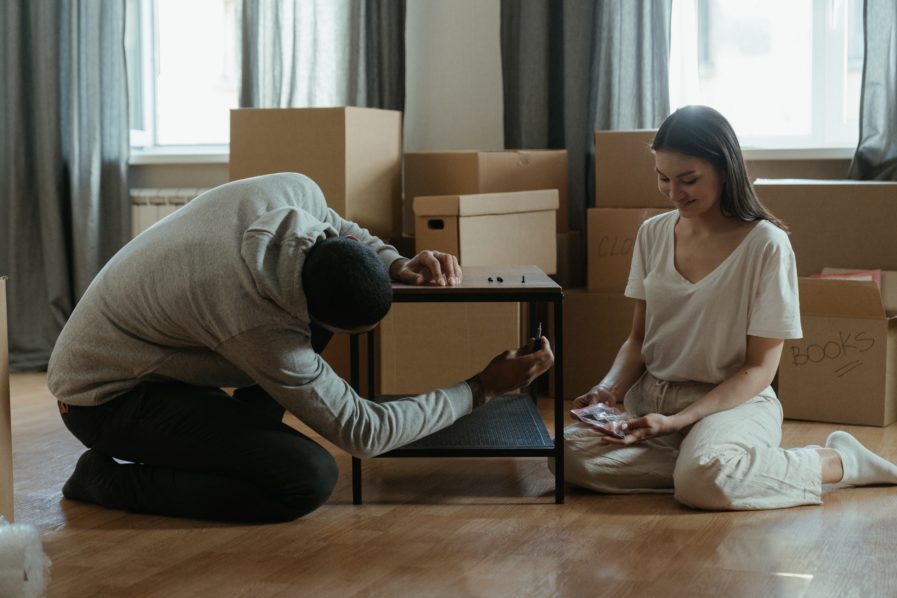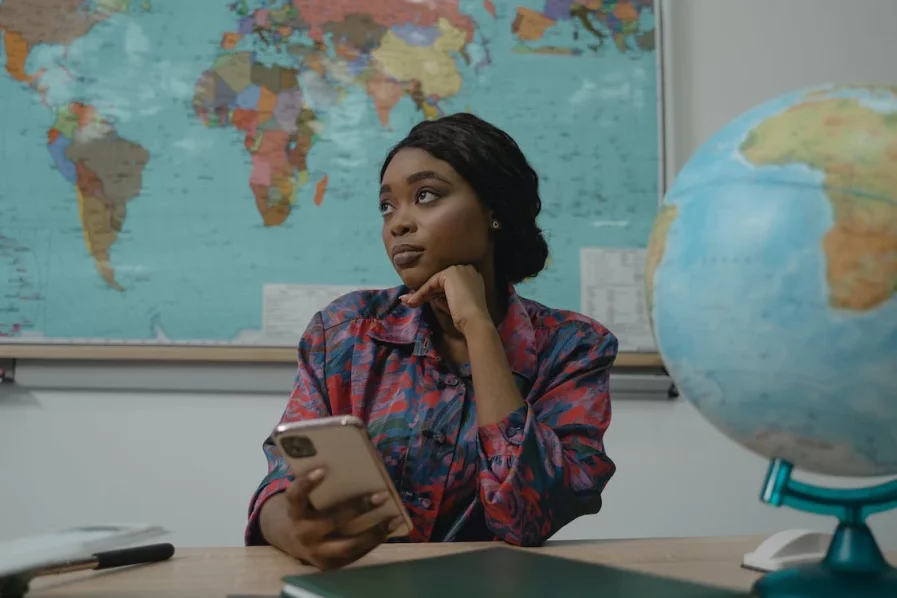Over the years we have had lots of excited teachers tell us about how their students’ spatial skills improve by using Makers Empire. Recent research conducted by the University of South Australia is now helping us understand more about the impact that the Makers Empire 3D learning program has on students’ spatial reasoning abilities.
“After participating in the Makers Empire program, students showed increased spatial reasoning skills, decrease anxiety about STEM subjects, and a ‘closing gap’ between females’ and males’ spatial reasoning skills and attitudes about STEM,”
UniSA C3L Education Catalyst Report #7 2022. Tweet
In this series of four blog posts we will share the outcomes of this research and unpack what spatial reasoning is, why it is important, and how Makers Empire can help students develop it.
So, what is spatial reasoning? Pretty much anytime you are doing an activity that requires you to move objects around either physically or in your mind, you are using spatial reasoning. It’s all about being able to visualise and manipulate objects in space, in relationship to each other, and in relationship to your own body.
We use spatial reasoning every time we read a map (without having to turn the map around to face the direction we are going), park our cars between two other vehicles, pack luggage for a holiday, or assemble flat packs from Ikea.
Broadly speaking, there are three main skills that make up spatial reasoning: mental rotation, spatial visualisation and spatial orientation.
Mental rotation is the ability to mentally visualise what a shape or object will look like from another perspective or angle.
How do we use it in everyday life? When you are packing your car to go on a holiday and have one last suitcase to fit in, you might visualise what the suitcase will look like in different positions when it is placed in the boot with your other luggage. You imagine what it will look like on its side or upright, for example, before deciding which position will work best. You have a good idea of how the suitcase will fit best because you are using your mental rotation skills.

What does it look like in Makers Empire? When a student is choosing the perfect shapes to make a rocket design they might choose a cone shape to make the thrusters. They may have visualised the shape upside down and can imagine what it will look like when it is rotated and aligned to other shapes in their rocket design. This is mental rotation.
Spatial visualisation is the ability to mentally perform multiple changes to objects or shapes in your mind and keep track of how the objects will look after multiple rotations and transformations.
How do we use it in everyday life? Have you ever assembled flat-pack furniture? You follow the step-by-step instructions but you also need to be able to visualise how all of the pieces will look when they are assembled to make the finished product. Otherwise, you can end up with a chair with its seat facing backward! You can imagine what each piece will look like when it’s taken out of the box and rotated into place with all of the other pieces by using your spatial visualisation skills.

What does it look like in Makers Empire? When a student is planning to build some playground equipment in Makers Empire they have an idea in mind for how they want their design to look. They may have drawn a sketch or visualise their finished design. They then start selecting the different shapes they will need for their design. They picture in their minds how each piece will look when it is rotated, resized, and placed into position to form a completed piece of playground equipment. This is spatial visualisation.
Spatial orientation is the ability to navigate a path or understand the position of your body in relation to objects and obstacles, or from the perspective of another person.
How do we use it in everyday life? When you give your friend directions on how to drive to your house you need to visualise the journey from their perspective. Even though you are at your own home, you are able to imagine that you are at their own home and visualise the steps they will need to take to reach you by using your skills of spatial orientation.

What does it look like in Makers Empire? A student might make an awesome design in Makers Empire and then teach another student how to recreate the design. To give accurate instructions, the student will need to visualise what their friend is seeing and give instructions from their friend’s perspective. This is spatial orientation.
In our next post on spatial reasoning, we will look more into why spatial reasoning skills are important for our students to develop and what the latest research is telling us. In the meantime, take notice of the times you use mental rotation, spatial visualisation, and spatial orientation in your everyday life. You’ll find examples everywhere once you start looking!

Mandi Dimitriadis, DipT. is the award-winning, highly regarded and passionate Director of Learning at Makers Empire. She is an experienced classroom teacher who recognises the power of technology to enhance teaching and improve educational outcomes. Mandi has extensive experience with curriculum development and learning, having previously developed programs for the Australian Government’s Department of Education, and having created custom curriculum for Makers Empire schools in the USA, China and the UAE. She is passionate about Design Thinking and how best to prepare today’s students for the future.

Please wait while you are redirected to the right page...